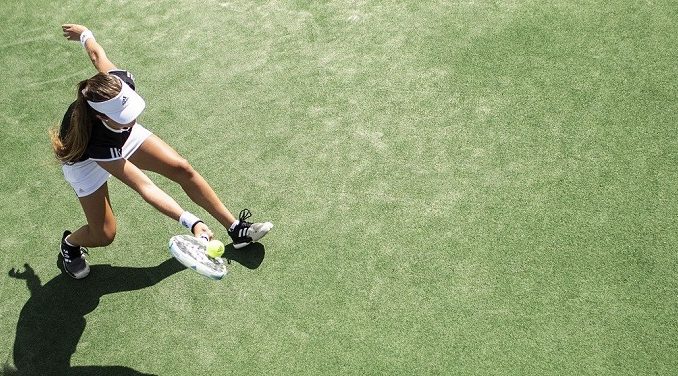
Tennis is one of the most popular and entertaining sports on the planet. Its popularity has transcended location and maybe even time.
And even if you don’t actively watch the sport, you can always be entertained by tennis from time to time. There are Grand Slams all year round and several minor tournaments that continue to keep fans updated.
More and more people are not only tuning in to watch tennis but are actively seeking to participate in the game.
They are finding time for the fast-growing sport among other hobbies like playing at Joe Fortune online casino, where you can even find a tennis-theme slot title, Tennis Champion, as well as other titles like Atlantic Treasures and a Night With Cleopatra.
With many people looking for tennis coaches and trying to make their way in the field, it’s no doubt that this is a good time to be a fan of the sport. However, tennis is an incredibly technical sport, and understanding the mechanics might give you a better experience of both playing and watching.
The Windup
Before a tennis player hits a serve, there are several steps that need to be followed. One of the first is the windup, where the player tosses the ball.
In the windup, a player is tasked with pressing their foot firmly on the court. With the ground reaction forces, they can build up significant wells of potential energy. They rotate their hips, legs, and trunk, creating the right amount of angular momentum.
As the player gets closer to the ball, they’d need to perfectly time their shot to efficiently transfer the force from their legs to it. The combinations vary between players, but the importance of efficient energy transfer from leg to arm can’t be overstated.
The Toss
A high toss made between 1 and 2 feet inside the baseline will allow the server to uncoil upward and forward into the court. In the most optimal situations, they will be able to make contact at about 1.5 times their height.
As a pro player, your opponent’s toss can be a great indicator of where they intend to serve. Once you can properly estimate, adjusting becomes easier and you can anticipate the serve. However, it is also important for you – the server – not to give away your intended target while you toss.
The Strike
Finally, we come to the point where the racket hits the ball and moves quickly for a strike.
On an average 120 mph serve, the ball is usually in contact with the racket strings for about 5 milliseconds. However, the ball also gains additional speed from both the elastic energy located in its rubber material and the racket strings themselves, which stretch about 1 inch during the serve.
The Acceptance Window
As the ball bounces off the racket, it needs to travel within a narrow distance for it to both go over the net and land inside the service box. This small potential distance is what many call the acceptance window.
As the serve gets faster, the acceptance window actually shrinks. So, for players who have fast serves, there is a need to also ensure accuracy here.
Nevertheless, there are some strategies that players can use to broaden this window. For instance, striking the ball high off the ground gives it more topsoil creating an area of low pressure under the ball that allows it to dive right into the service area.
The Dynamics Of The Serve
According to some sources, an average professional tennis player is successful on about 60% of their first serve. Of course, the better you get, the higher this number becomes.
First serves are usually faster and more accurate as players have more time and less pressure to get things right. And, as you’d expect, the difficulty tends to increase as the serve gets faster. Nevertheless, the first serve provides the best chance for a player to actually hit the target and get the game going.
If the first serve isn’t successful, then there is a second serve – which tends to be slower as the player also tries to be more careful. Interestingly, while first serves tend to be more glamorous, second serves are seen as being better predictors of success. At the very least, being able to hit the mark on a second serve – when the pressure is higher – is a good sign.
Speed
There is no downplaying the importance of speed and velocity when playing tennis. However, the reason why most tennis coaches tend not to focus more on speed is that it ends up dropping as the serve is hit.
On average, a serve that clocks 120 mph can slow to about 82 mph before it bounces in the opponent’s court. And when it hits their racket, the speed drops even more. Instead, focusing on the mechanics is what gets you ahead.